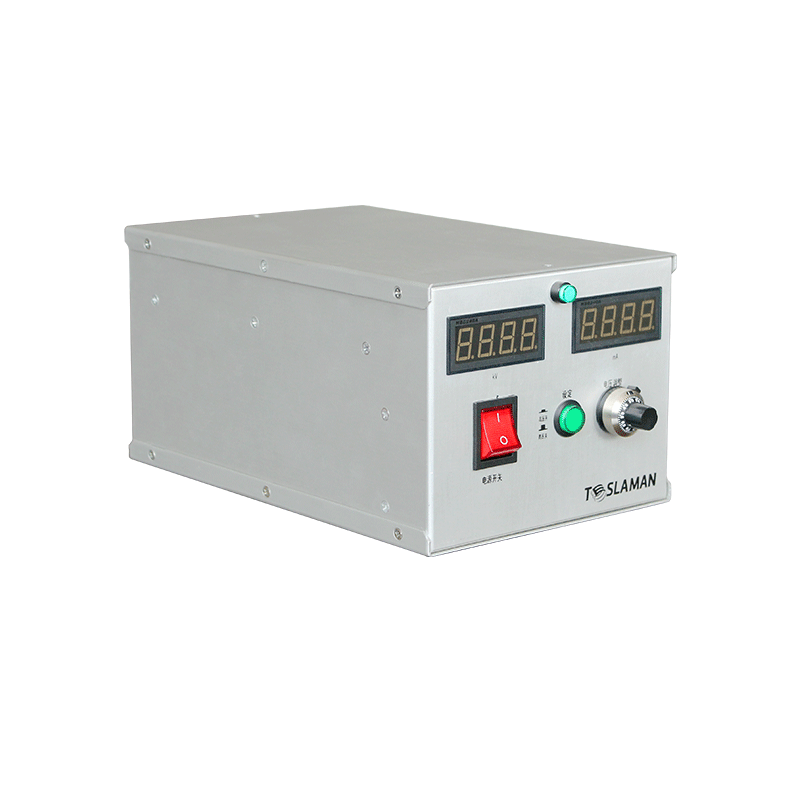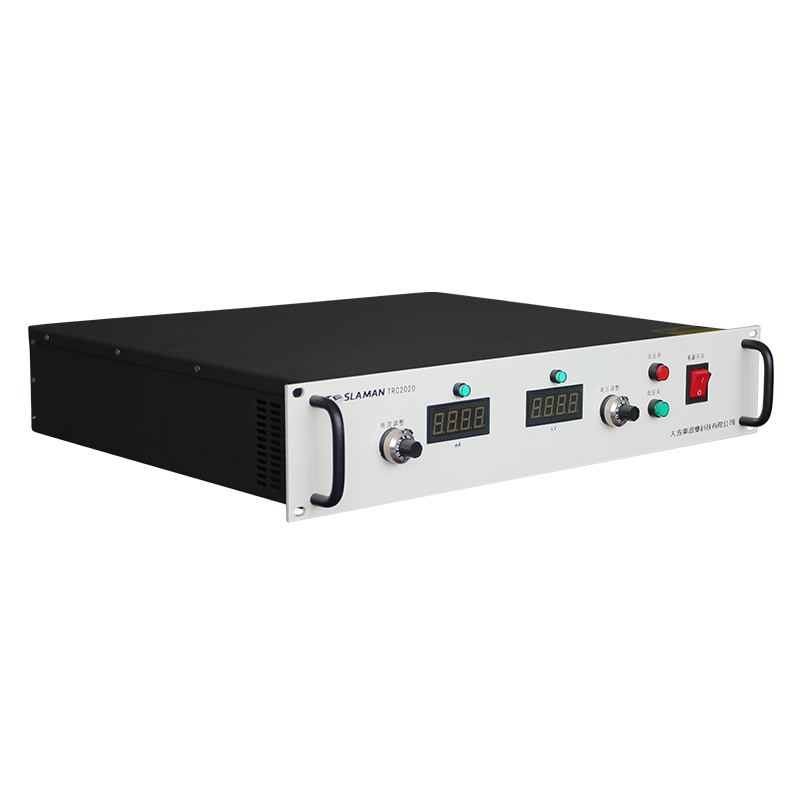Miniaturization Trends in High-Voltage Power Supplies for Electron Microscopes: Technological Breakthroughs and Application Prospects
Driving Forces Behind Miniaturization
Material Innovations Shrinking Volumes
Traditional electron microscope high-voltage power supplies relied on bulky electromagnetic transformers and linear voltage regulators. Now, wide-bandgap semiconductors (e.g., GaN, SiC) enable higher power density. Their high-voltage and high-temperature tolerance, combined with high-frequency switching (up to MHz), reduce volume by >50% while boosting efficiency to >90%.
Topology Optimization and Integrated Design
Soft-switching topologies (e.g., half-bridge resonance, LLC resonance) minimize switching losses and electromagnetic interference. Multilayer PCB stacking and 3D packaging integrate control circuits, power modules, and feedback systems into a single unit, shrinking volume to one-third of traditional designs.
Advances in High-Frequency Transformers
High-frequency transformers are critical for miniaturization. Segmented winding techniques and U-core ferrite designs reduce distributed capacitance by 30% and leakage inductance by 40%, addressing voltage instability during light-load resonance. For example, transformers in X-ray enhancers measure only 160mm×135mm×43mm yet deliver 25kV output.
--
Technical Challenges and Solutions
Thermal-Insulation Balance
Miniaturization increases heat density. Micro-grooved heat pipes and ceramic-based composites enable efficient heat dissipation with electrical insulation. Dielectric gels (thermal conductivity >5W/mK) limit temperature rise to ≤15℃ at 10kV/mm insulation strength.
Electromagnetic Compatibility (EMC) Optimization
Zero-current switching (ZCS) and magnetic shielding suppress high-frequency interference, confining ripple voltage to ≤1% RMS (>20kHz), crucial for microcurrent detection in electron microscopy.
Dynamic Response and Stability
Digital control chips (e.g., DSP) enable adaptive PID regulation with microsecond response. For electron beam scanning, output fluctuations are controlled within ±0.01%, far exceeding traditional power supplies (±1%).
--
Cross-Disciplinary Applications
Scientific Instruments
In cryo-electron microscopy (Cryo-EM), compact power supplies provide stable high voltage (30–300kV) for electron guns, with low ripple ensuring sub-angstrom resolution. In mass spectrometers, rapid voltage switching (μs-level) enhances ion separation accuracy.
Industrial Inspection Equipment
Portable X-ray flaw detectors use miniaturized power supplies (≤300W), reducing weight from 20kg to <5kg and enabling high-precision nondestructive testing in confined spaces.
Healthcare and Emerging Technologies
Surgical robots integrate coin-sized modules for electrostatic tool actuation. Quantum computing ion traps require 10kV output in <10mm³ volumes, where miniaturization is pivotal.
--
Future Development Trajectories
Piezoelectric Transformer Technology
Piezoelectric transformers use mechanical vibration instead of electromagnetic induction, eliminating core losses and reducing volume by 70%. They may replace electromagnetic transformers in future electron microscopes, enabling nano-scale integration.
Intelligent and Adaptive Management
AI algorithms will predict load changes to dynamically adjust output, while IoT-enabled remote diagnostics will enhance reliability.
Superconducting Material Applications
High-temperature superconducting coils could resolve the miniaturization-power trade-off, paving the way for microwatt-power, kilovolt-output systems in advanced microscopy.
--
Conclusion
The miniaturization of high-voltage power supplies for electron microscopes results from synergistic advances in materials science, topology optimization, and intelligent control. By addressing the dual demands for compactness and high performance, it has catalyzed innovations across research, healthcare, and industrial inspection. Future interdisciplinary breakthroughs will unlock greater potential in nanotechnology and quantum applications.




















